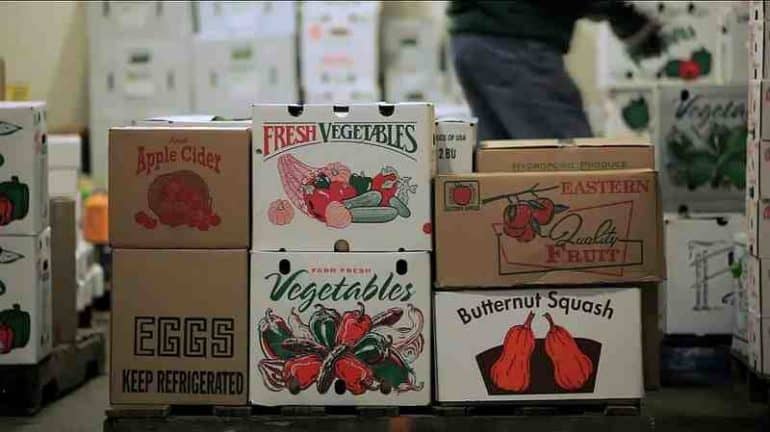A recent Orion Magazine article introduced Peter Roscini Colman, a local Vermont meat producer who, because of government regulations, could not market his artisanal products through mainstream markets. He instead relied on local farmers markets and direct-to-consumer sales, which were not returning a sustainable profit. It wasn’t until joining Mad River Food Hub, founded and funded by Robin Morris, that Colman was able to sustainably distribute his meats commercially. The United States Department of Agriculture defines a food hub as “a business or organization that actively manages the aggregation, distribution, and marketing of source-identified food products primarily from local and regional producers to strengthen their ability to satisfy wholesale, retail, and institutional demands.” These middleman organizations solve the dilemma facing producers working in local markets and seeking to expand the sustainable food culture.
The number of farmers markets in the United States has skyrocketed over the past decade, from 3,137 in 2002 to 8,144 in 2013. Yet this proliferation of farmers markets has not meant more profit for farmers; it only disperses preexisting capital across more markets. Orion Magazine writer Rowan Jacobsen explains, “more and more farmers are trying to slice the same pie.” This problem, he says, is one whose source—and solution—lie in infrastructure.
“If the sustainable food movement is to become a true movement with any measurable impact on the way America feeds itself,” writes Jacobsen, “it must restore the regional infrastructure that withered with the rise of the national distributors… what we need is a system of local ‘food hubs’ that can process and bundle local foods and deliver them to the places where America eats.” The value food chain is trending in this direction and—if the Mad River Food Hub is any example—holds much potential for bringing sustainable food into the mainstream.













